Sustainable Steel Framing in the Building Envelope
How Proper Specification and Installation of Steel Studs Create a Tight, Dimensionally Stable, and Efficient Building
Sponsored by Telling Industries | Presented by Don Allen
Webinar On-Demand
Steel framing is an essential element to most commercial and mid-rise construction. What many architects, engineers and specifiers do not realize is that steel has many sustainable attributes, and that steel is on a path to carbon neutrality. In this webinar, participants will get a taste of what it takes to make steel today, in the cleaner, high-tech factories that are very different from the steel mills of decades ago, and will see how their specification language and design practices can help reduce the carbon footprint of buildings using steel framing.

Photo courtesy of Don Allen
 |
Don Allen, P.E., S.E., LEED A.P., is an internationally known expert in cold-formed steel design and currently serves as executive director of the Steel Framing Industry Association (SFIA). Allen has designed projects in Europe, Africa, and North America. His 30+ year career in construction includes work for stud manufacturers, structural engineering firms, and associations including the Association of the Wall and Ceiling Industry (AWCI), Steel Stud Manufacturers Association (SSMA) and Cold-Formed Steel Engineers Institute (CFSEI). |
LEARNING OBJECTIVES
- Recognize the strength of recycled steel: that steel can be infinitely recycled without losing structural capacity.
- Cover the processes in steelmaking, and see how over the decades, there have been massive reductions in both manpower and energy required to make steel.
- List the steps in the delegated design process, and understand how this process can create a more efficient system for framing projects.
- Observe how specific processes in the steel panelization and fabrication industries can create dimensionally stable curved and shaped surfaces that efficiently use framing to reduce material use and create a more stable and durable building envelope.











